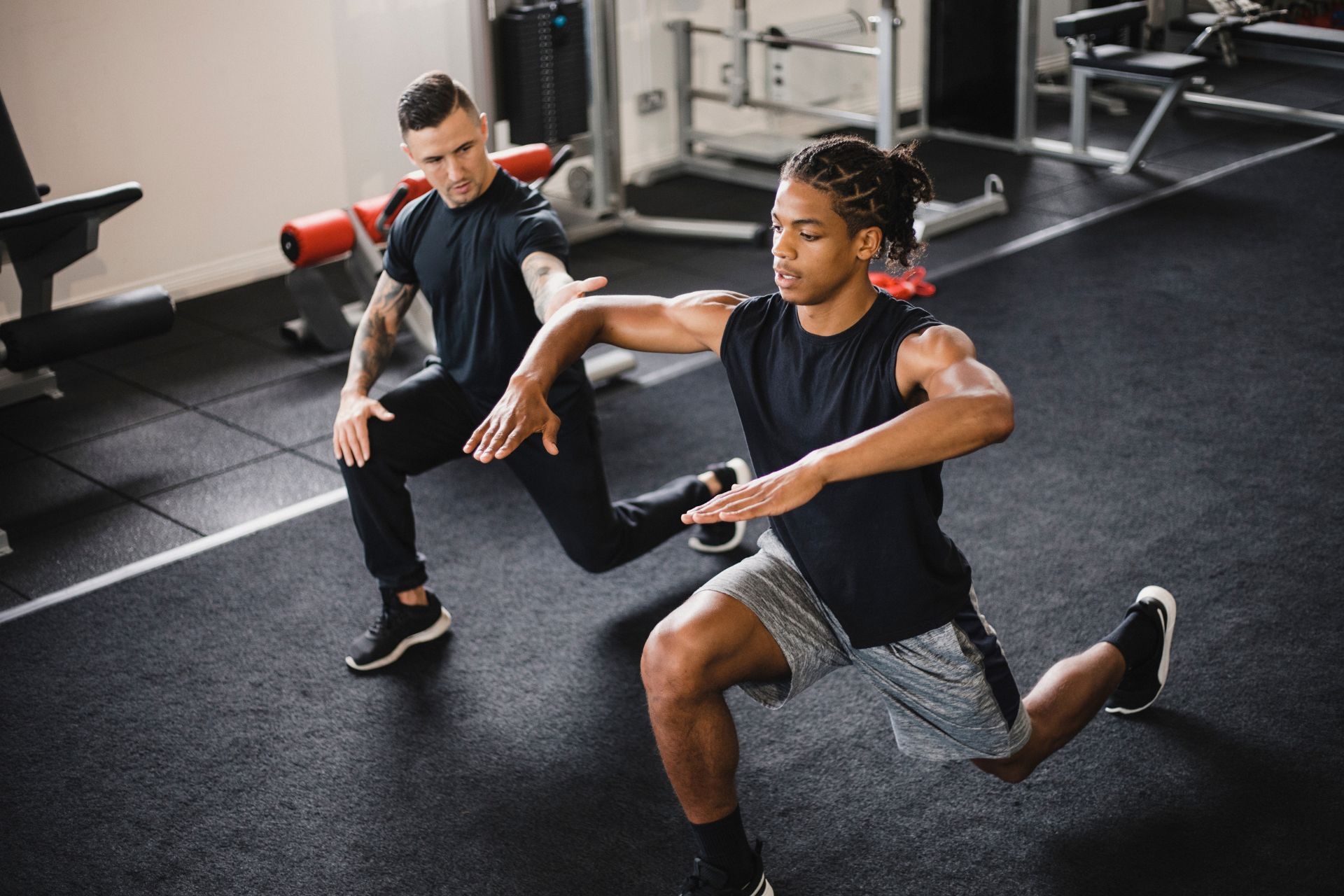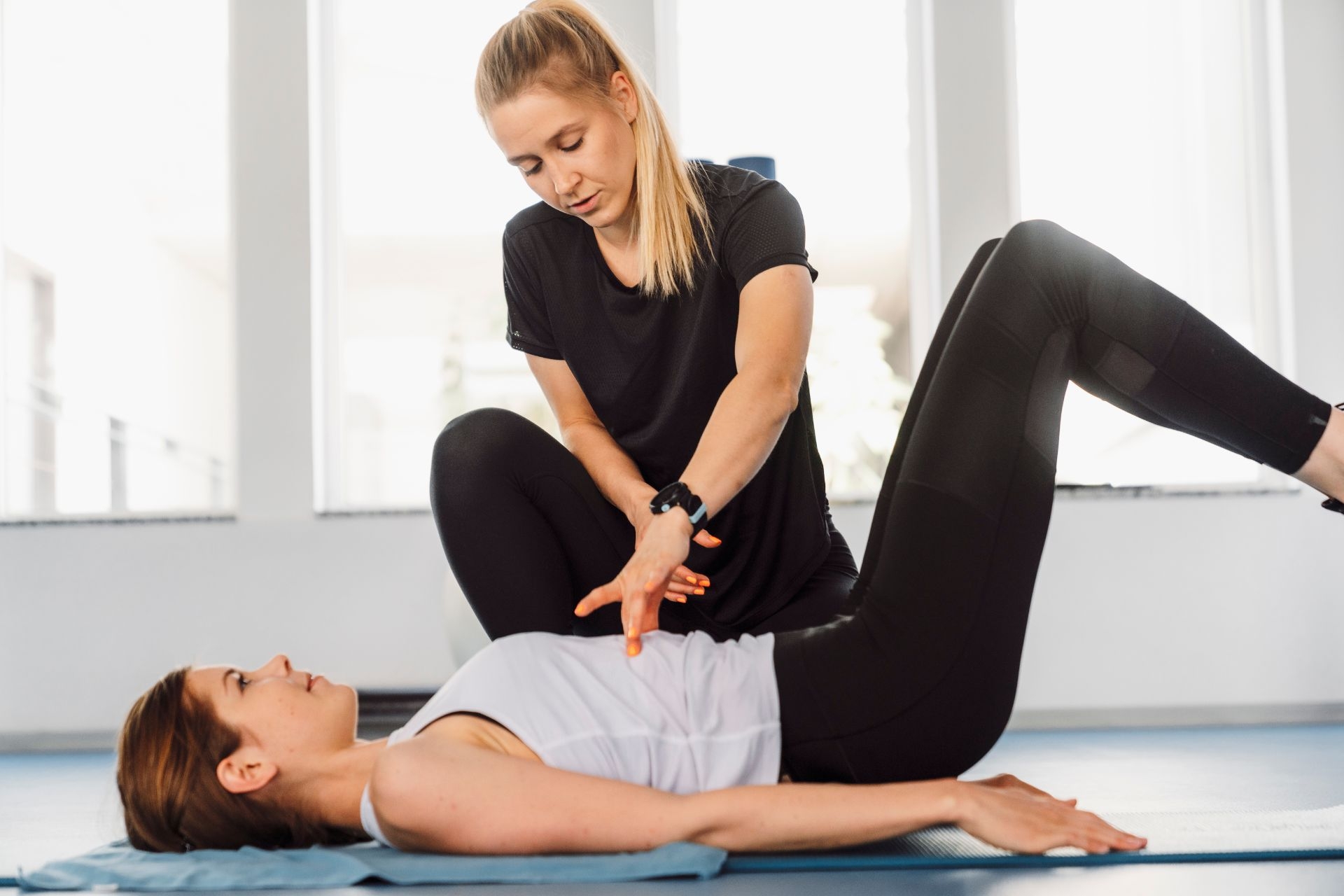Gluteus Medius Functional Testing
How can the gluteus medius be tested for weakness during hip abduction?
To test for weakness in the gluteus medius during hip abduction, a clinician can perform the Trendelenburg test. During this test, the patient stands on one leg while the clinician observes for any dropping of the contralateral hip. If the hip drops on the unsupported side, it indicates weakness in the gluteus medius, which is responsible for stabilizing the pelvis during single-leg stance.



